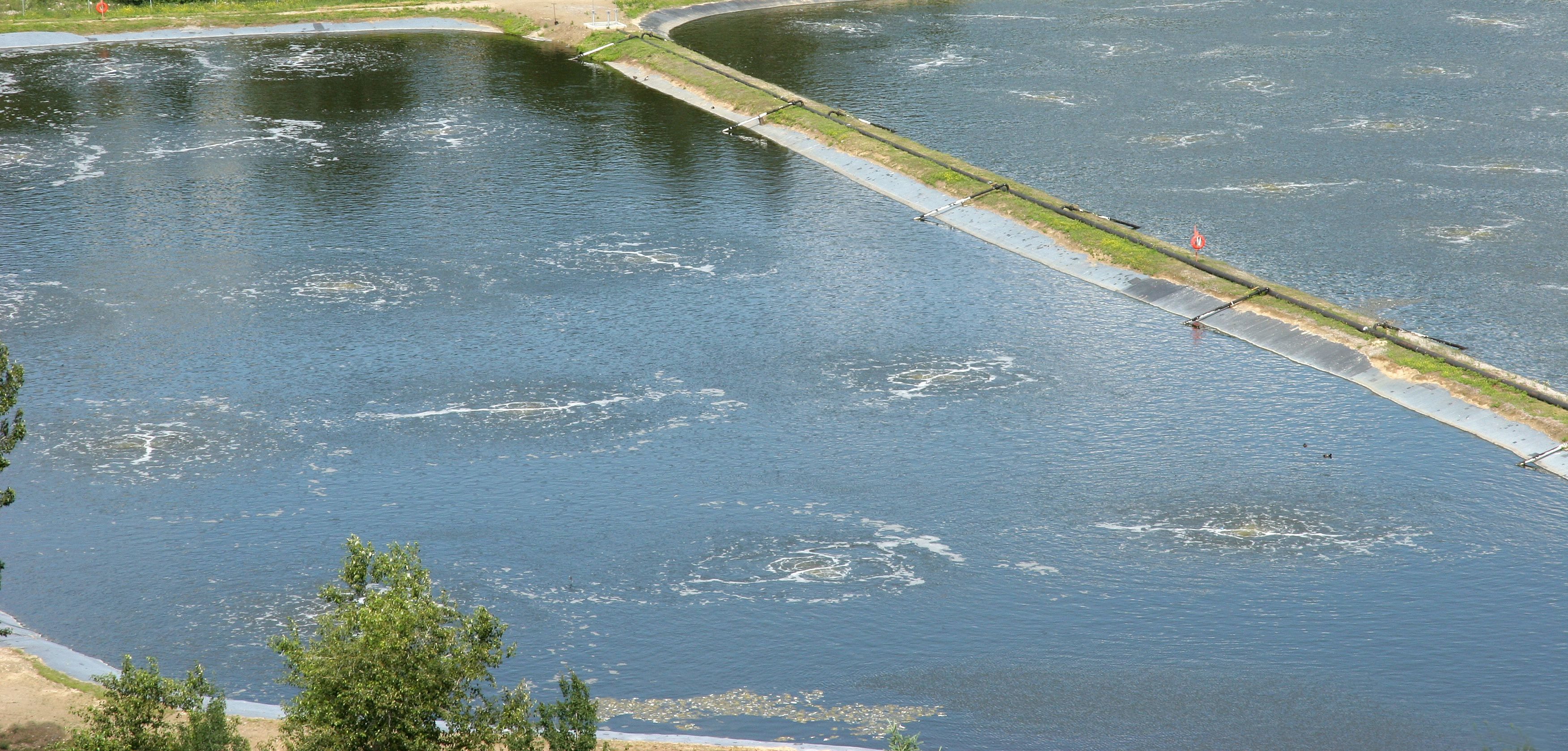A comparison of seven European countries shows that the amount of antibiotic resistance genes in wastewater reflects the prevalence of clinical antibiotic resistance in the region. However, modern wastewater treatment plants seem to be able to eliminate antibiotic resistance efficiently.
When we use antibiotics, residues of the antibiotic itself as well as bacteria that have become resistant to antibiotics end up in the toilet and consequently in wastewater. Could wastewater treatment plants then serve as incubators for antibiotic-resistant bacteria? After all, antibiotic residue and various bacteria blend together in the water undergoing purification, and such interaction could increase the number of resistant bacteria.
An international study compares the number of antibiotic resistance genes, which give bacteria the ability to withstand the effects of antibiotics, found in the water treatment plants of seven European countries. Finland, Norway, Germany, Ireland, Spain, Portugal and Cyprus participated in the study.
The results show that the number of antibiotic resistance genes in wastewater corresponds with the number of such bacteria found in samples collected from patients in that region, as well as with overall antibiotic consumption in the area.
On the other hand, despite the fears, a modern, well-functioning wastewater treatment plant does not seem to produce more antibiotic-resistant bacteria. In fact, modern treatment plants seem to be quite effective in removing bacteria resistant to antibiotics from the water during the treatment process.
However, the study did indicate that it’s possible for a treatment plant to function as an incubator of antibiotic resistance under certain conditions. Among the 12 plants studied, in one facility the relative number of antibiotic resistance genes increased during the purification process.
“In this study, 11 of the 12 wastewater treatment plants under investigation mitigated the resistance problem, which seems to indicate that modern plants work well in this regard,” said Marko Virta, senior lecturer at the University of Helsinki. “At the same time, an older plant or otherwise deficient purification process may end up increasing antibiotic resistance in the environment. We need more research findings from countries with high antibiotic consumption and less developed wastewater treatment practices.”
All of the countries investigated in the study had various antibiotic resistance genes in the wastewater entering their treatment plants. The number of resistance genes found in wastewater bound for purification was higher in Portugal, Spain, Cyprus, and Ireland than in Finland, Norway and Germany.
However, the treatment plants were successful in eliminating resistance from most of the samples. Even so, the difference between countries persisted: the higher the resistance in the incoming wastewater, the higher it remained in the water leaving the plant.
Only at one Portuguese treatment plant did the share of antibiotic resistance genes found in the wastewater grow during purification, turning the plant into an incubator of antibiotic resistance.
The study does not provide a direct answer as to why the extent of antibiotic resistance increased in one plant and decreased in the others. The development of resistance may be influenced by a number of factors: the age and size of the treatment plant, the techniques used, the temperature of the wastewater, the amount of antibiotic residue in the water, and the interaction between the bacteria and various types of protozoa found in the water.
The study was conducted by an international research group. The University of Helsinki was represented in the study by microbiologist Marko Virta’s group from the Faculty of Agriculture and Forestry. The results were published in the scientific journal Science Advances.









